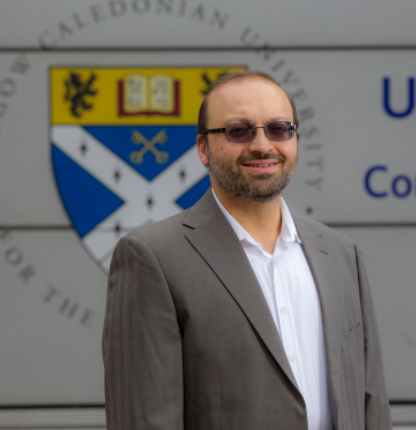IoT in Smart Cities and Homes, 2nd Edition
A special issue of Applied Sciences (ISSN 2076-3417). This special issue belongs to the section "Computing and Artificial Intelligence".
Deadline for manuscript submissions: 30 April 2024 | Viewed by 1079
Special Issue Editors
Interests: computer vision; embedded systems; machine learning; Internet of Things; signal processing
Special Issues, Collections and Topics in MDPI journals
Interests: computer networking; network security; machine learning
Special Issues, Collections and Topics in MDPI journals
Special Issue Information
Dear Colleagues,
The Internet of Things (IoT) is a unique domain where various technologies converge to deliver novel high-impact smart solutions across various sectors, including digital health, optimized transportation, predictive maintenance, energy efficiency and improved environmental sustainability. IoT is a key enabler for current advancements in complex, dynamic and evolving environments, such as achieving smart homes and large geographical smart city applications. The current advances in IoT capabilities have accelerated creativity and achieved technological solutions that were previously unobtainable. These novel IoT applications deliver high-impact solutions within society, through leveraging a range of key technologies, including smart sensing, long-range and low-power communications, edge computing devices, wearable technologies, cyber security, environmental sensors, big data analysis, machine learning, fog computing and data science and analysis.
This Special Issue in MDPI’s journal Applied Sciences calls for submissions of new ideas, experiments, high-impact advances and findings in IoT applications for smart cities and homes.
Dr. Ryan Gibson
Prof. Dr. Hadi Larijani
Guest Editors
Manuscript Submission Information
Manuscripts should be submitted online at www.mdpi.com by registering and logging in to this website. Once you are registered, click here to go to the submission form. Manuscripts can be submitted until the deadline. All submissions that pass pre-check are peer-reviewed. Accepted papers will be published continuously in the journal (as soon as accepted) and will be listed together on the special issue website. Research articles, review articles as well as short communications are invited. For planned papers, a title and short abstract (about 100 words) can be sent to the Editorial Office for announcement on this website.
Submitted manuscripts should not have been published previously, nor be under consideration for publication elsewhere (except conference proceedings papers). All manuscripts are thoroughly refereed through a single-blind peer-review process. A guide for authors and other relevant information for submission of manuscripts is available on the Instructions for Authors page. Applied Sciences is an international peer-reviewed open access semimonthly journal published by MDPI.
Please visit the Instructions for Authors page before submitting a manuscript. The Article Processing Charge (APC) for publication in this open access journal is 2400 CHF (Swiss Francs). Submitted papers should be well formatted and use good English. Authors may use MDPI's English editing service prior to publication or during author revisions.
Keywords
- Internet of Things
- intelligent systems
- smart sensing
- wearable devices
- low-power communications
- edge computing
- fog computing
- artificial intelligence
- machine learning
- deep learning
- algorithmic implementation
- optimization methods
- data science
Related Special Issue
- IoT in Smart Cities and Homes in Applied Sciences (20 articles)






